A retrospective at Canberra Museum + Gallery honours Enrico Taglietti, shaping the exhibition through his own design principles.
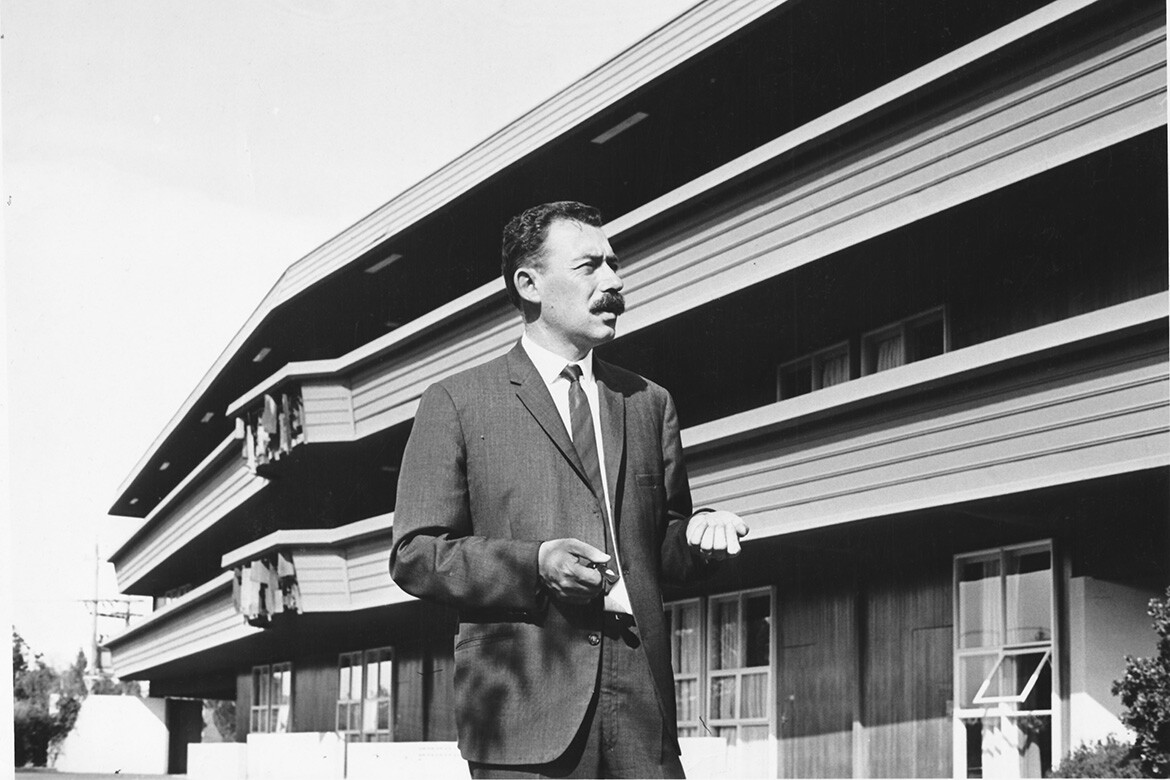
Enrico Taglietti at the Town House Motel Bunda Street Civic ACT 1961 (now demolished), photographer not identified, courtesy Taglietti Archive.
October 1st, 2025
“Canberra was such a non-conventional place most probably because it was quite empty and that was the fascination,” said architect Enrico Taglietti AO (1926-2019) about the city he chose to make his home in 1955. He arrived with his wife Franca – also architecturally trained – on a work trip from Italy and quickly fell in love with Australia’s light, its open spaces and the promise of a growing city where politicians, scientists and architects could easily mix.
Seventy years on from the Taglietti’s decision to move to Australia’s capital, a retrospective exhibition, Taglietti: Life in Design at Canberra Museum + Gallery (CMAG), sheds light on the significant impact the self-described “global architect” had on it.
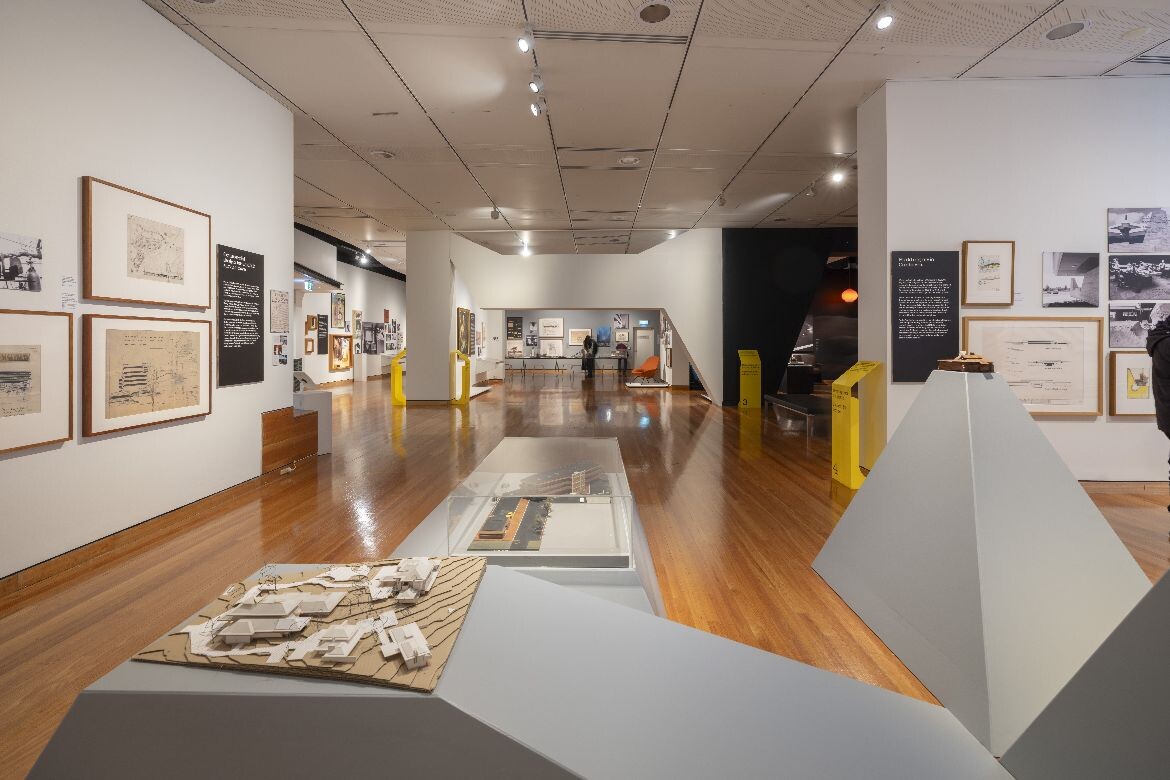
Over the course of his career, Taglietti designed over 40 buildings in Canberra including the award-winning Giralang Primary School (1974), the now heritage-listed Cinema Center (1964) and many private houses. He was also responsible for significant buildings further afield including St Antony’s Church (1968) in Marsfield, Sydney and St Kilda Library (1971) in Melbourne.
Awarded an Australian Institute of Architects Gold Medal in 2007 and an Order of Australia in 2020, Taglietti’s impact on this country’s built environment is undeniable. As such, a retrospective feels timely. However, the curatorial team – comprising Senior Lecturer Dr Silvia Micheli (The University of Queensland), Senior Curator Virginia Rigney (Canberra Museum + Gallery) and Tanja Taglietti (Taglietti Studio + Archive) – faced some curatorial conundrums in presenting his work.
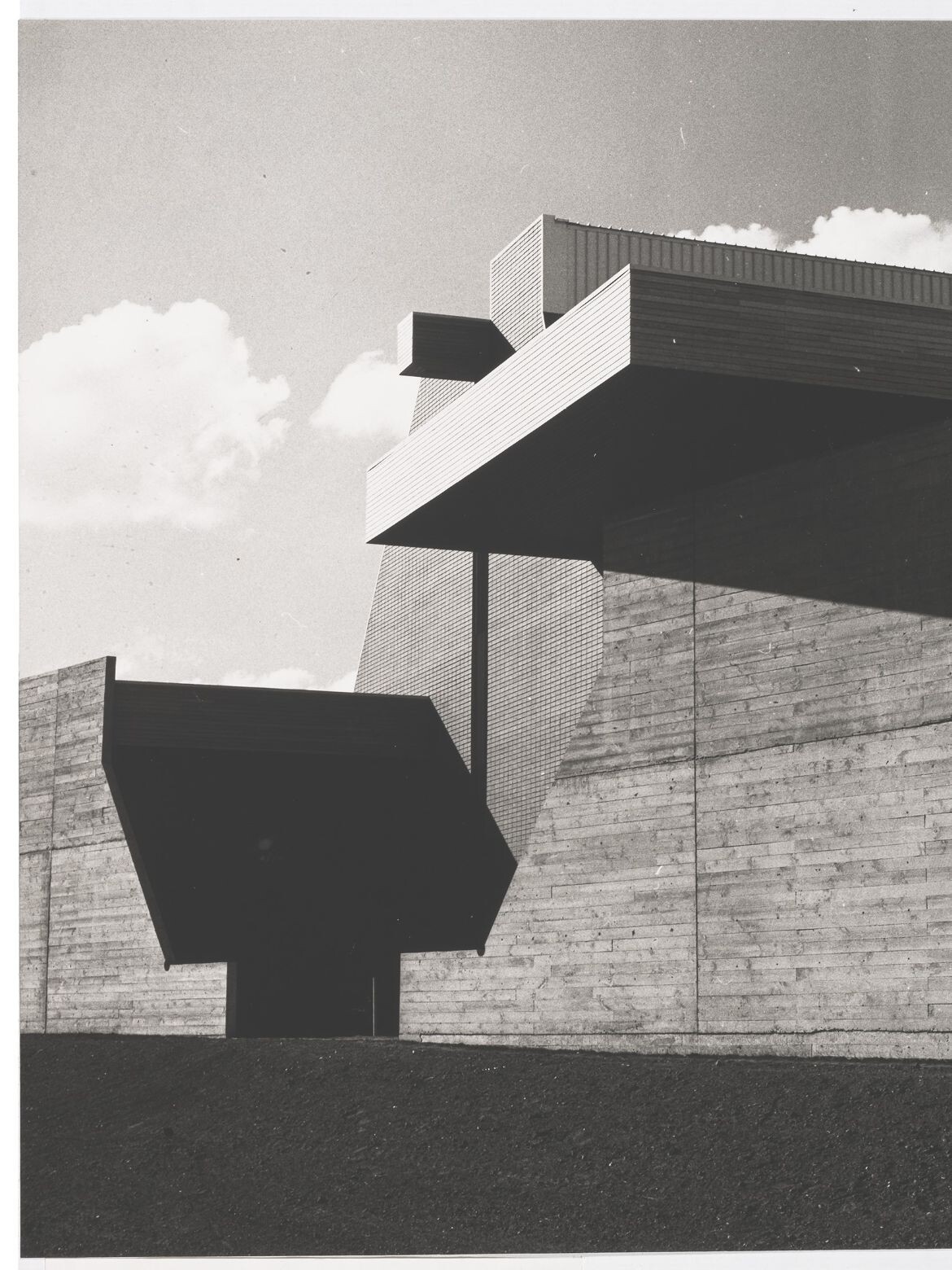
“Enrico was, quite famously, very cautious about photography being able to represent space,” says Rigney, explaining that the visceral experience of being in a space was incredibly important to Taglietti who rarely photographed their interiors because of this. “Very often, space is difficult to put on show,” Micheli adds, “it is not an object you can put on the wall.” How then should an exhibition about spatial design be shown in a museum that specialises on social history and visual art? How can spatial experiences be recreated?
For Tanja Taglietti and her sister Tabitha, who care for their parents’ extensive archive, there were also emotional questions to consider – What would their humble parents think of a show like this? How much personal narrative do you share publicly when their daily lives were so intertwined with their practice?
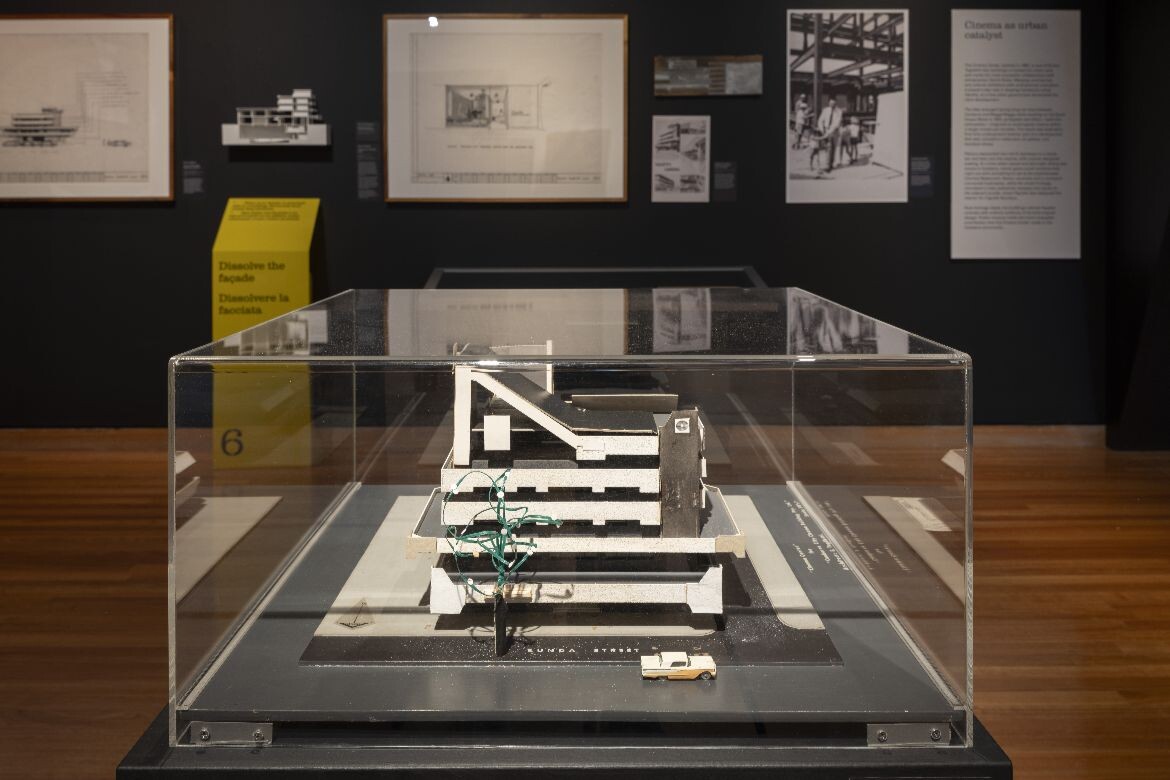
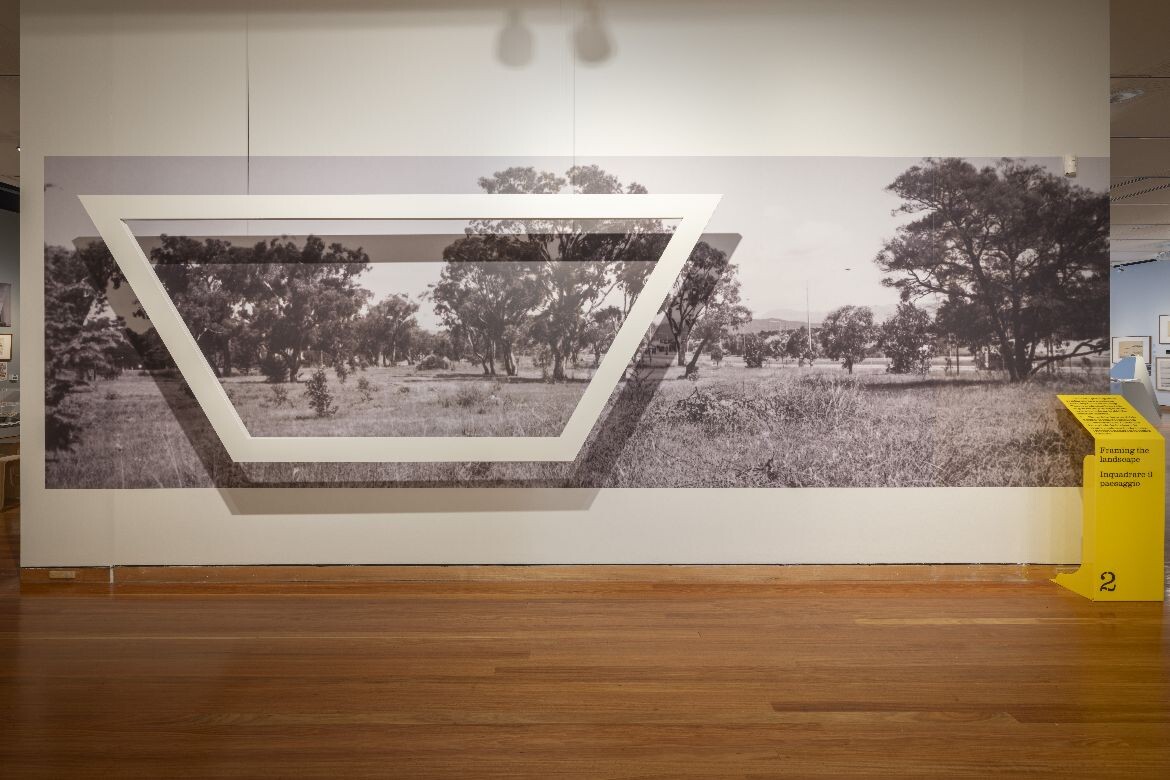
Putting their multi-disciplinary skills together, the team devised a sensitive and comprehensive approach to tackling these questions. First, they reached out to Taglietti’s long-term friend, collaborator and fellow architect Gianmatteo Romegialli who worked with them to categorise Taglietti’s work into seven architectural principles: Dissolving the Façade, Threshold, Framing the Landscape, Compression and Expansion, Growing from the Ground, Breaking the Edge, and Deceiving Gravity.
These principles were used to inform the bold, experiential exhibition design which immerses visitors in Taglietti’s design approaches. For instance, large angled plinths in unusual geometric shapes upon which models are shown are a distinctive feature of the show. These reference Taglietti’s principle “growing from the ground” in which buildings respect and acknowledge the shape of the site it is built on, as well as the geometric visual language he used to situate buildings in their contexts.
Related: Stuart Williams on shaping spaces
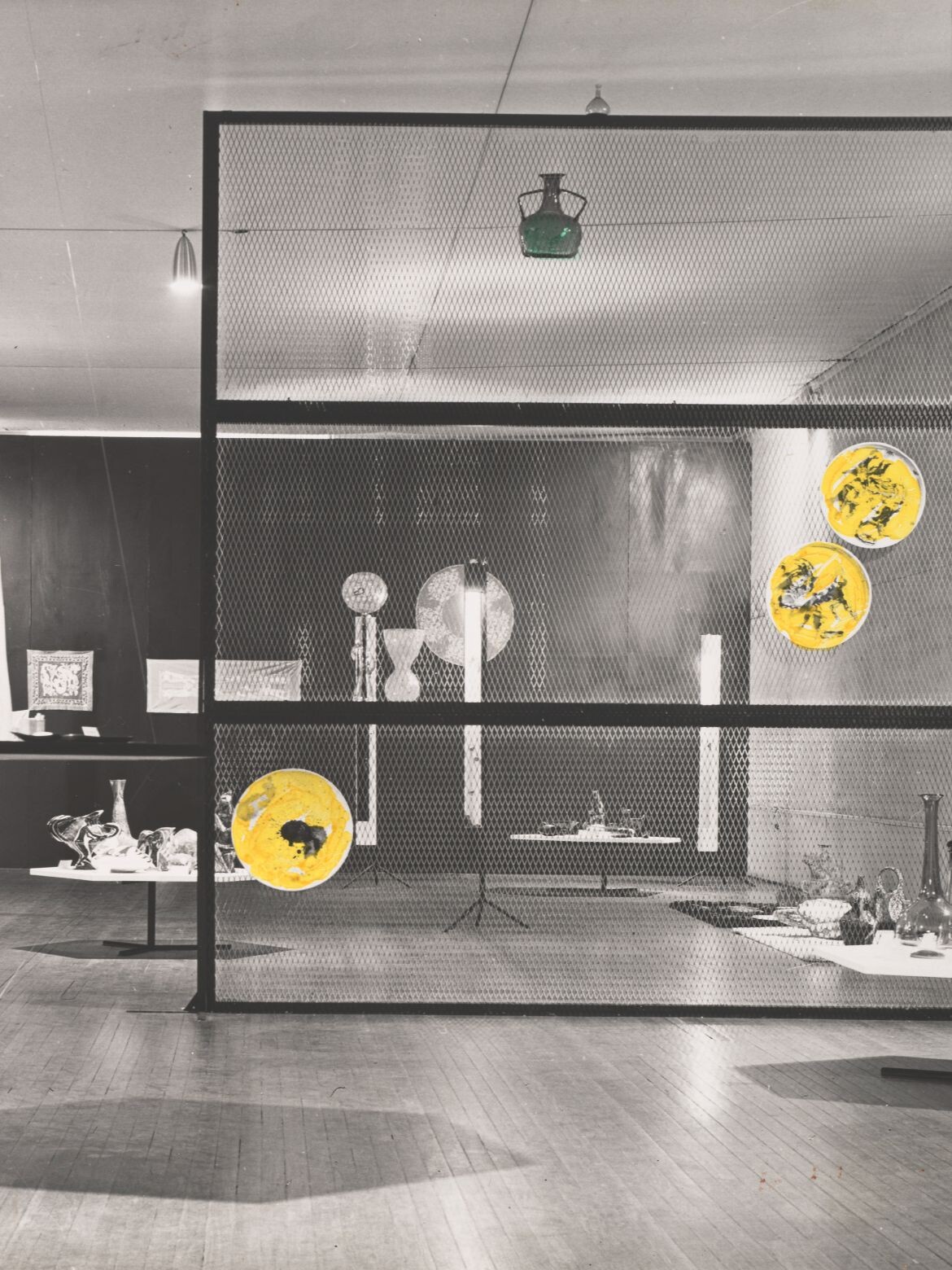
In another section, visitors are invited to play with large wooden blocks that Tanja Taglietti designed based on her father’s striking projects. “We’re really asking people to actually use their bodies spatially in the exhibition,” the team explain, which serves “to draw people into the narrative and experience but also pays respect to Enrico’s ideas of architecture.” They are proud, they tell me, of the level of engagement and discussion people have had in the space to date, and how accessible these interventions have made architecture as a discipline.
The second curatorial approach was to display many typologies of material, which work to puzzle together the rich stories of Enrico and Franca’s personal and professional lives in 20th century Canberra. There are over 65 drawings, about 90 photographs, original chairs and furniture, architectural models and ephemera such as invitations and letters.
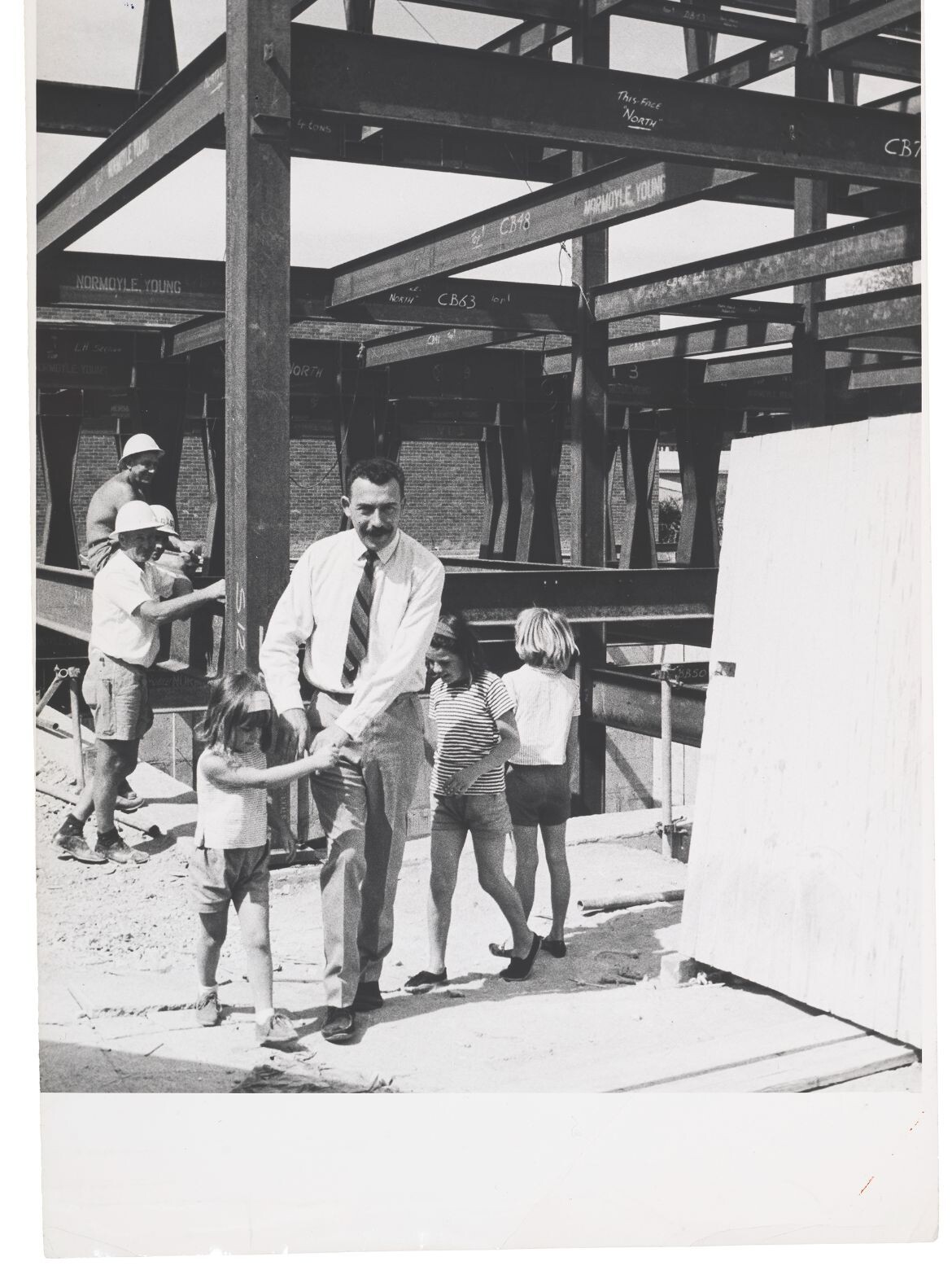
A particular highlight is the Taglietti’s family dining table which Enrico designed in 1958, shortly after moving to Canberra. Visitors are invited to sit around it to play with the aforementioned blocks. It was a table, Tanja says, and a “key part” of the Taglietti’s busy lives which saw people constantly visiting their family home. The table was a place where ideas were encouraged, generated and shared.
Other highlights include new work produced for the show. The exhibition also includes beautiful large-scale photography of the yellow-infused interior of St Antony’s Church by John Gollings, one of Australia’s leading architectural photographers. In addition, seven detailed cross-section models allow visitors to tangibly understand how Taglietti constructed different spaces. These were made by Masters students at the University of Canberra, following research and site visits led by the curatorial team.
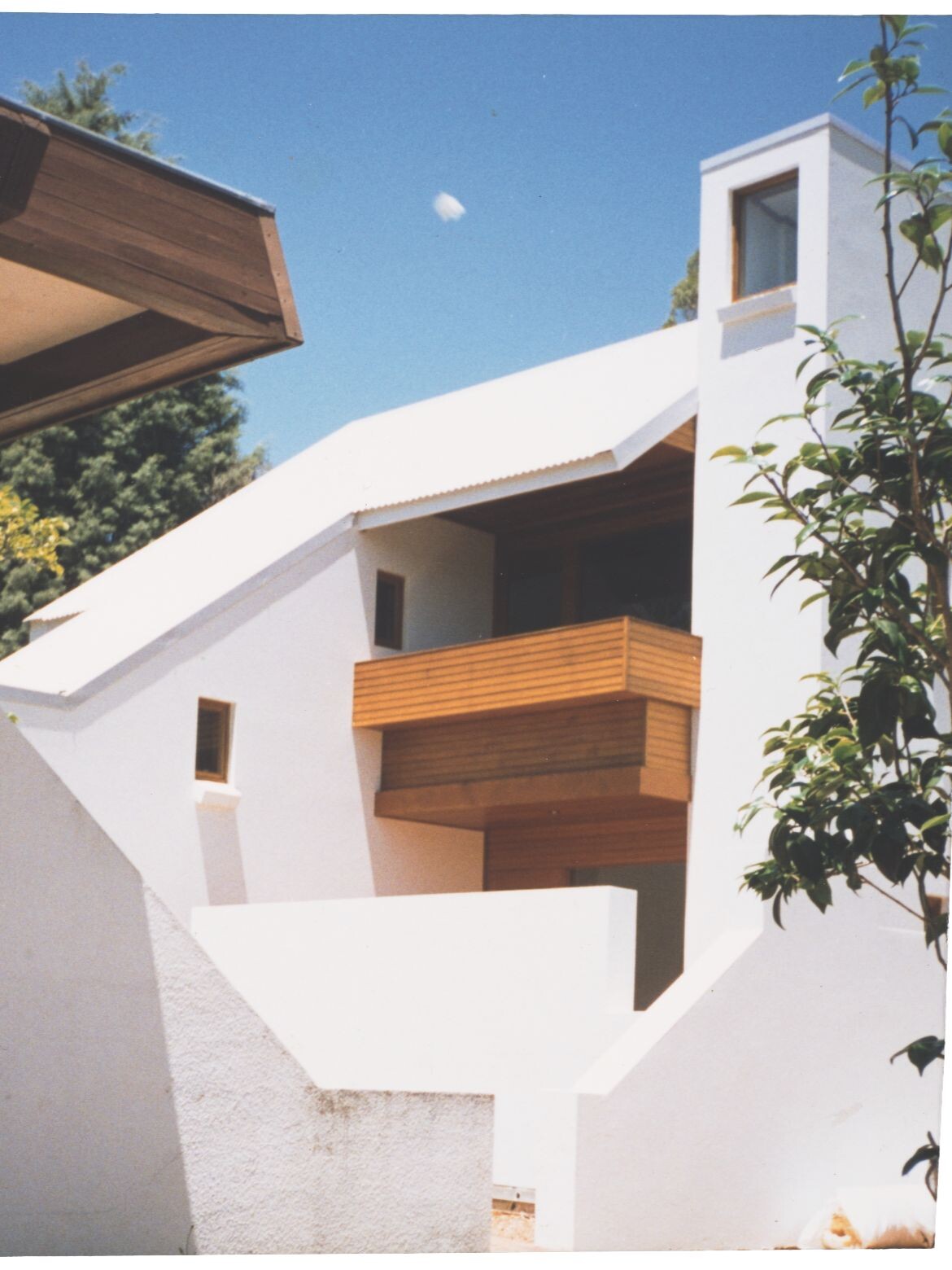
The educational aspect of the exhibition was important to the team who understand exhibitions as more than just the display of objects but an opportunity to engage with different communities. Alongside the show, there is a public programme, children’s programme, tours to different Taglietti projects and sites and advocacy work for more care measures to protect buildings including the iconic McKeown house (1964) and the Cinema Center.
This emphasis on education around the exhibition takes a page from Taglietti himself, who said in 2019: “Education is fundamental, its culture [is] paramount to our success in dealing with change. I believe educational culture should always promote dialogue over adversary competition and cleverness, we should never be islands.”
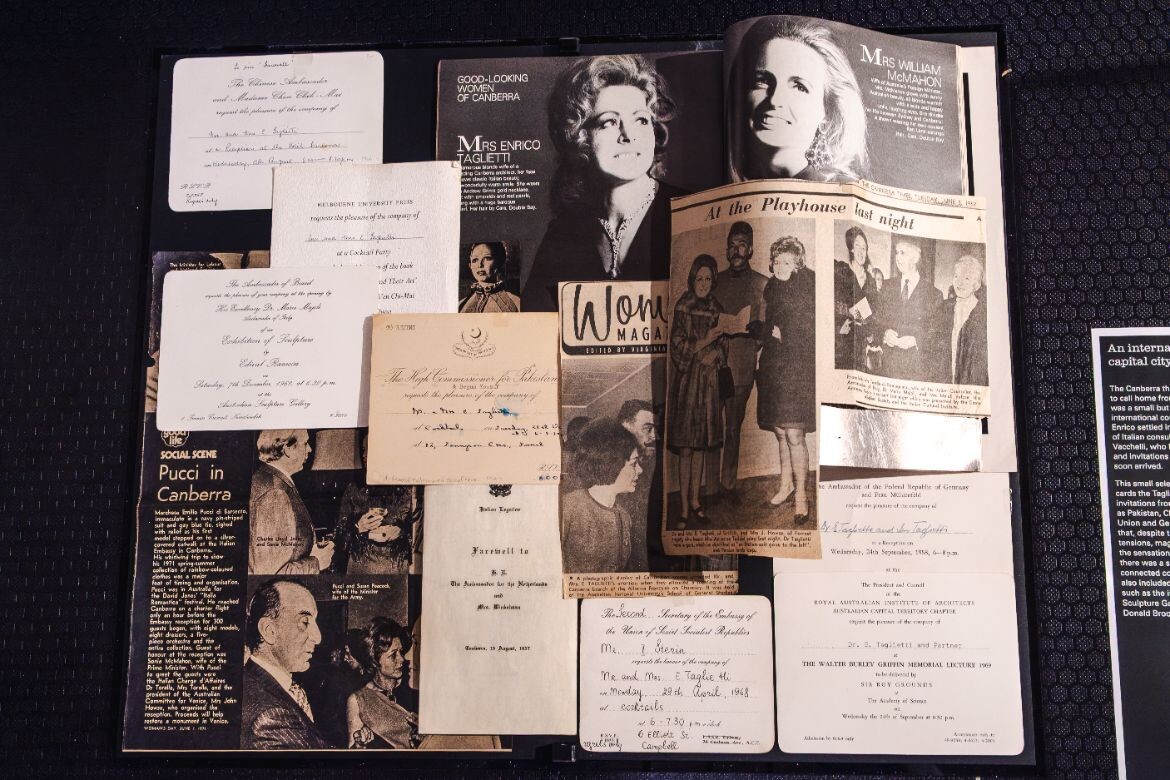
In taking a curatorial approach that is directly inspired by the content on display and the people behind it, the exhibition aims to inspire a broad and diverse community of visitors to understand architecture as a force for social good. The exhibition celebrates and makes tangible the care and joy with which Taglietti helped to shape Canberra and its success in communicating his story can be seen in the feedback of the visitors’ book, where one notable comment reads: “I loved the Taglietelli exhibition. It felt like home, like a warm hug. It made me feel proud to be in Canberra, a place of limitless possibilities. Thank you.”
Taglietti: Life in Design runs at CMAG until 3rd May, 2026.
CMAG
cmag.com.au
Photography
Mark Mohell (installation)
Others supplied by Canberra Museum + Gallery
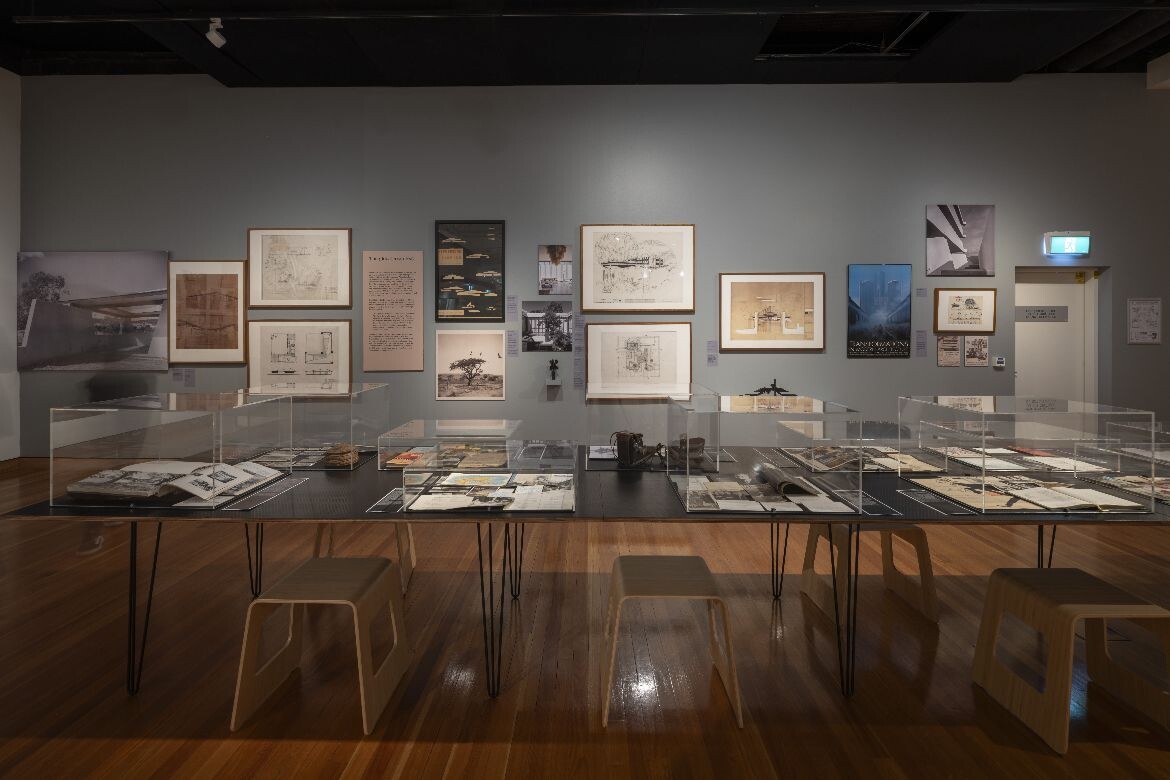
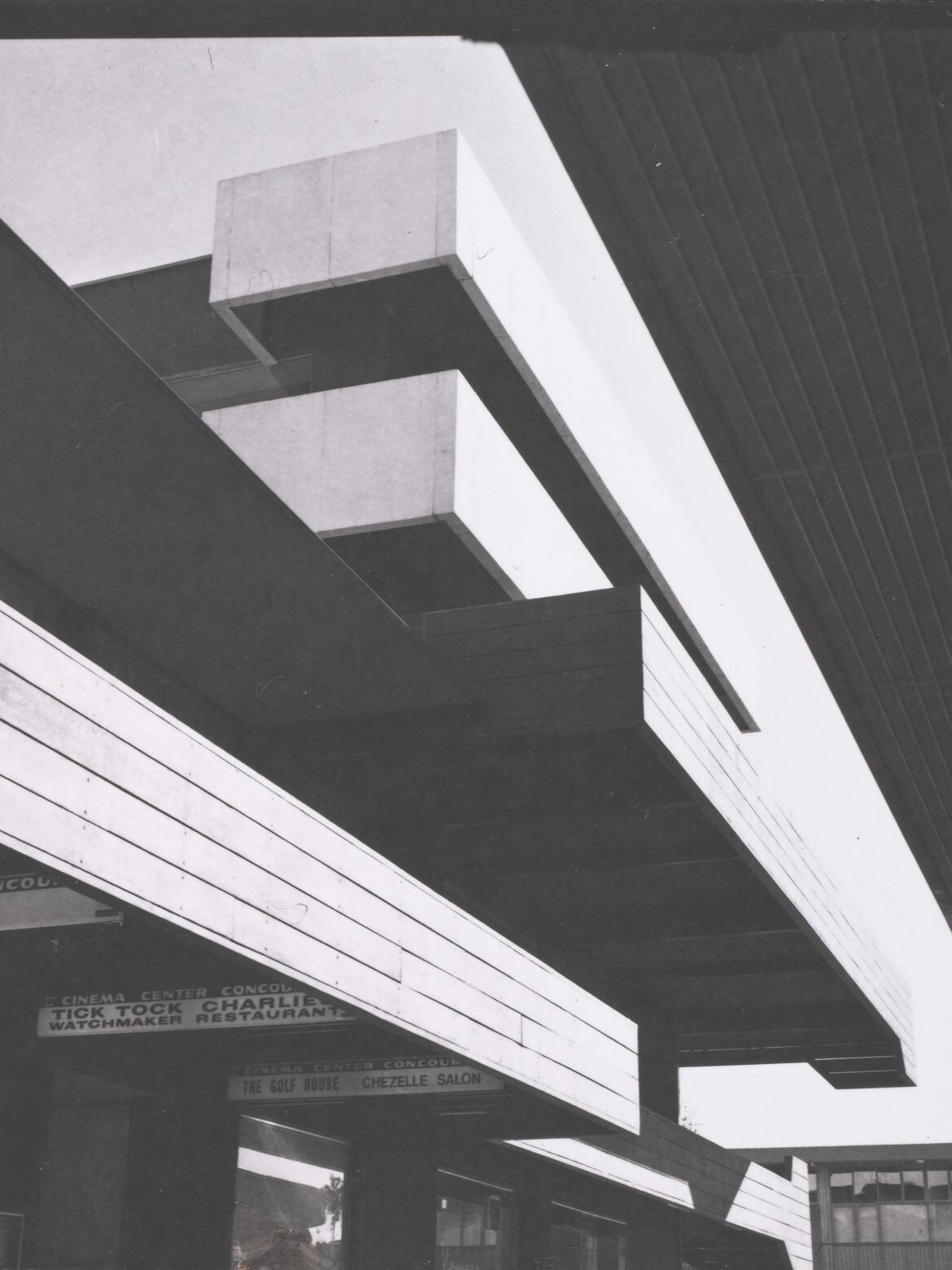
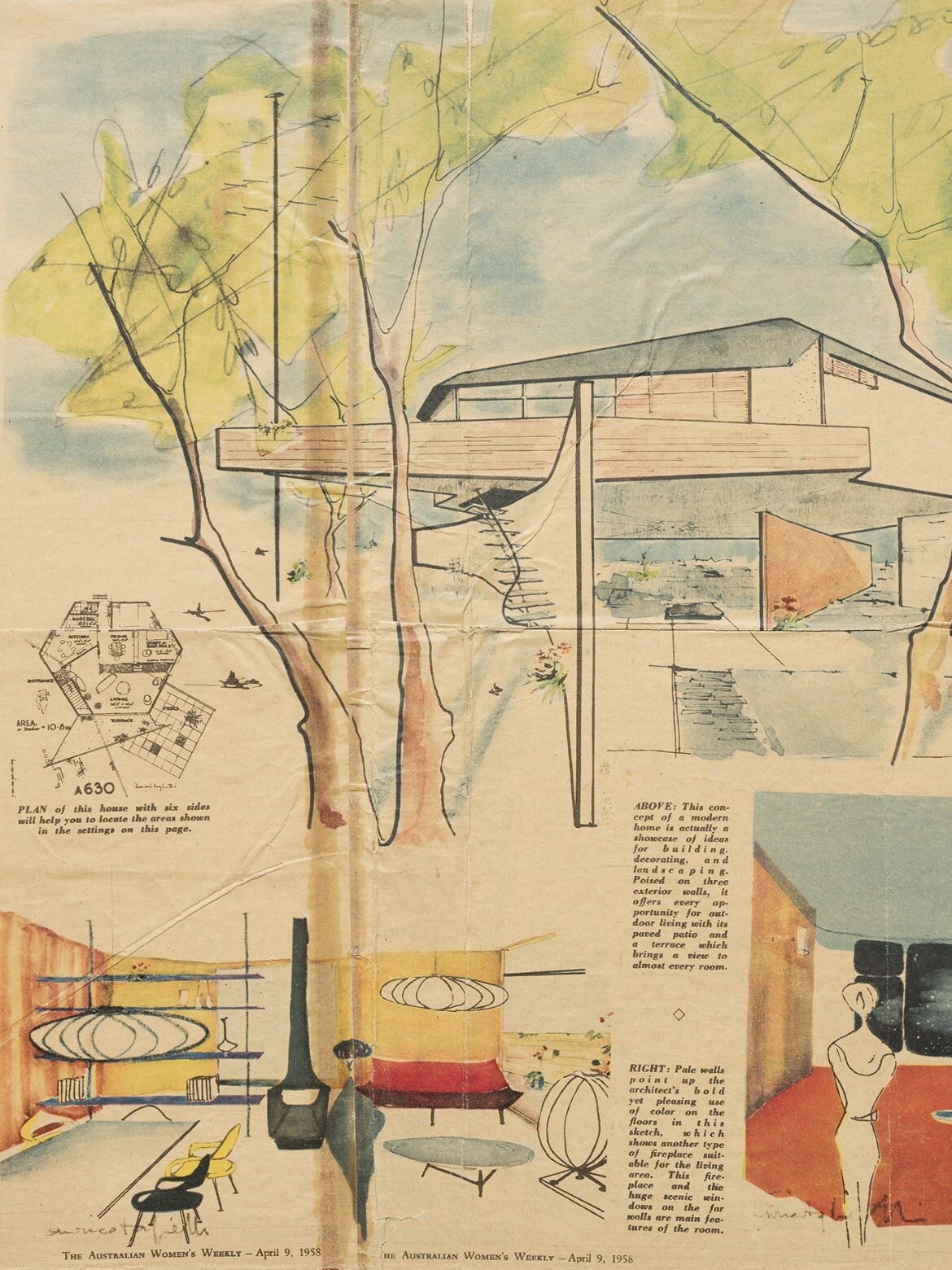
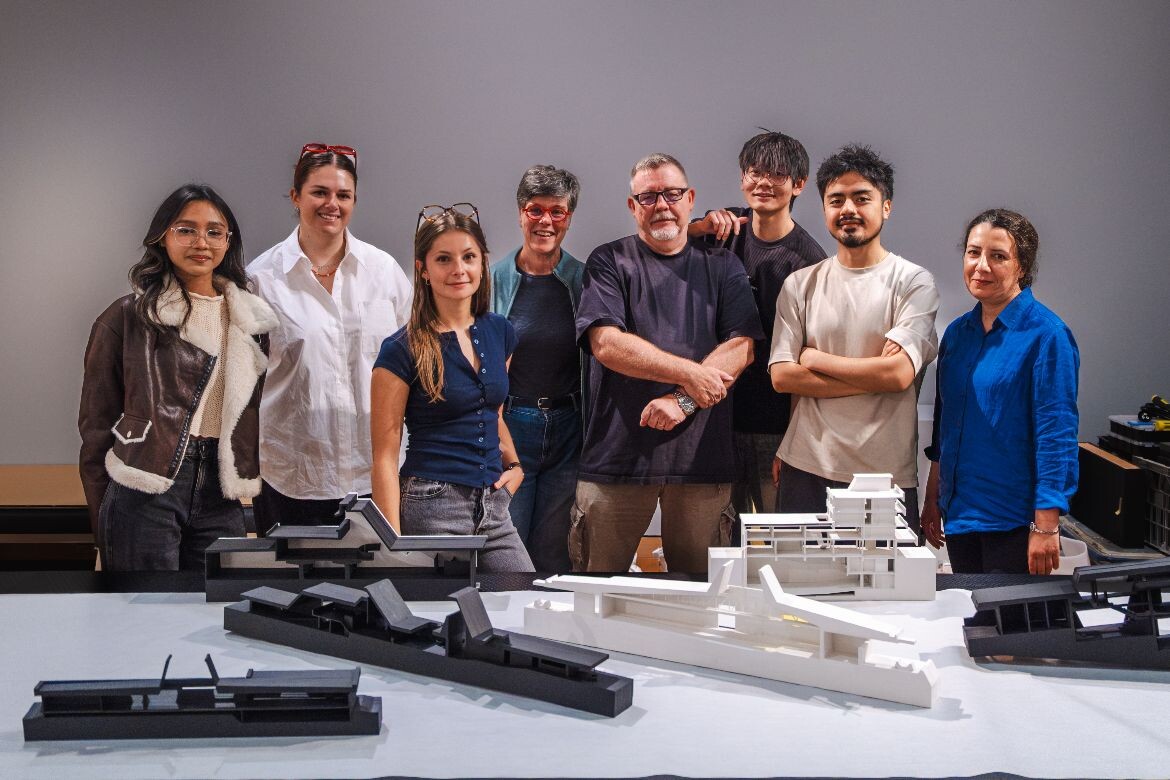
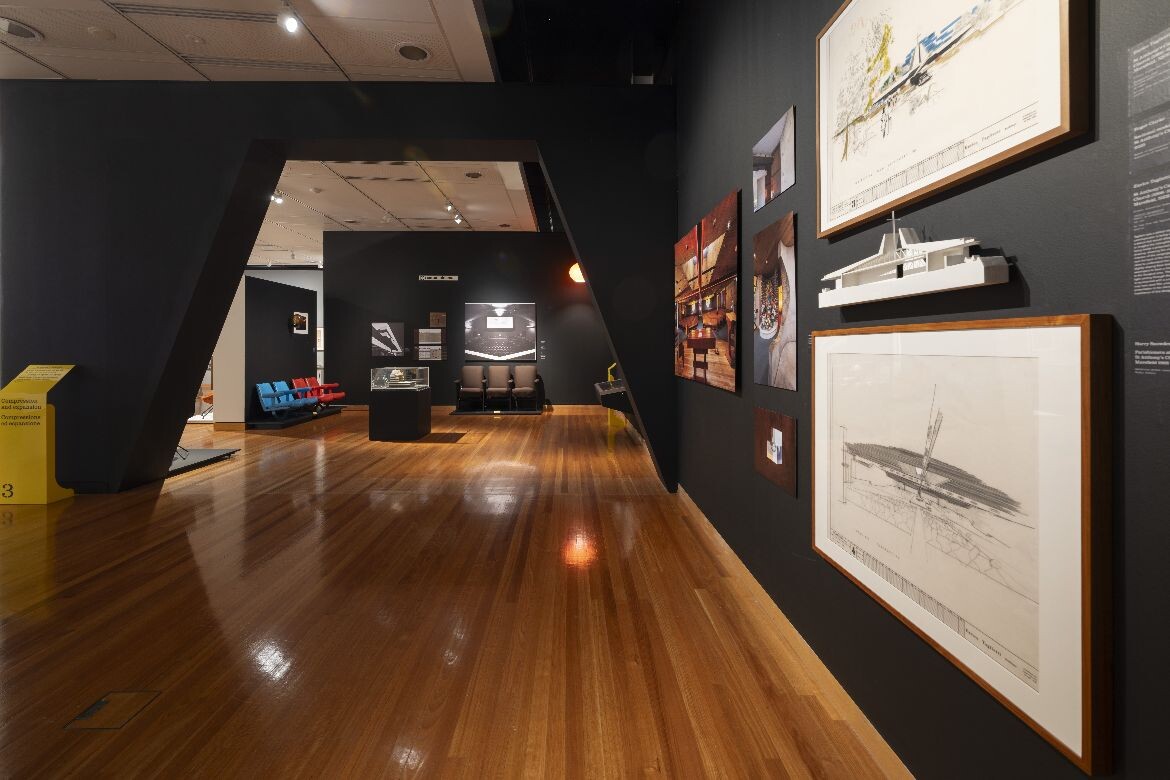
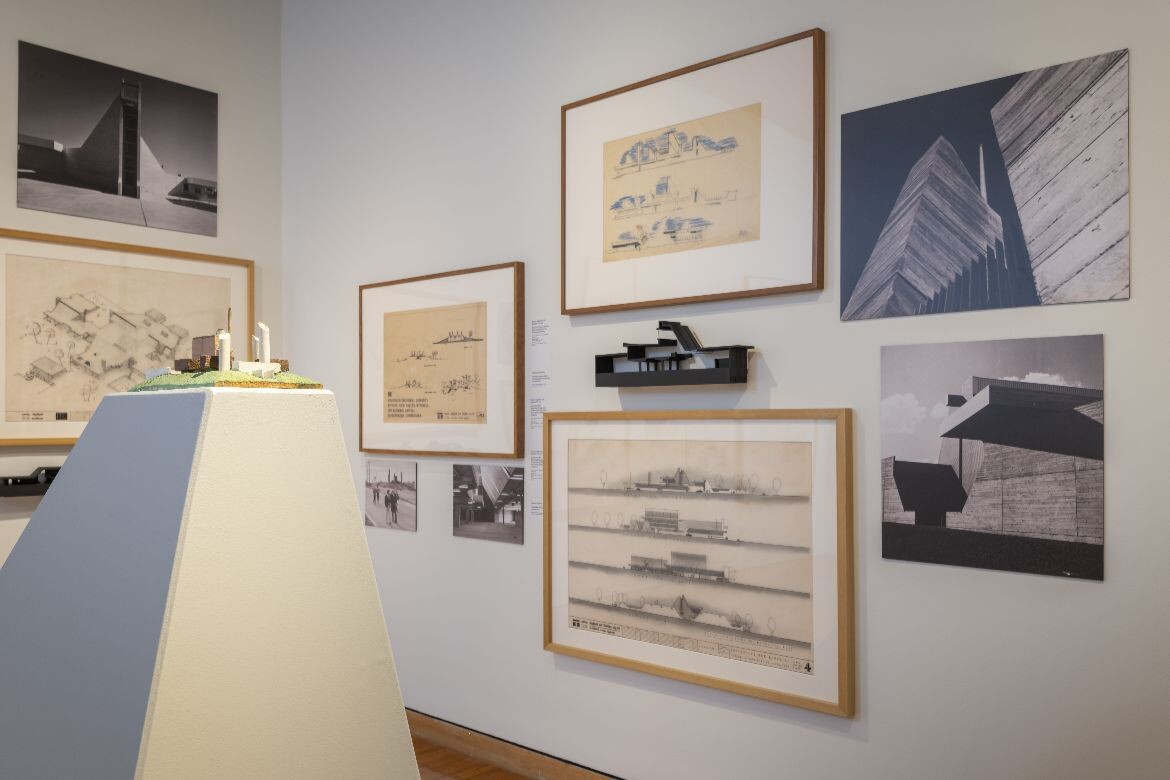
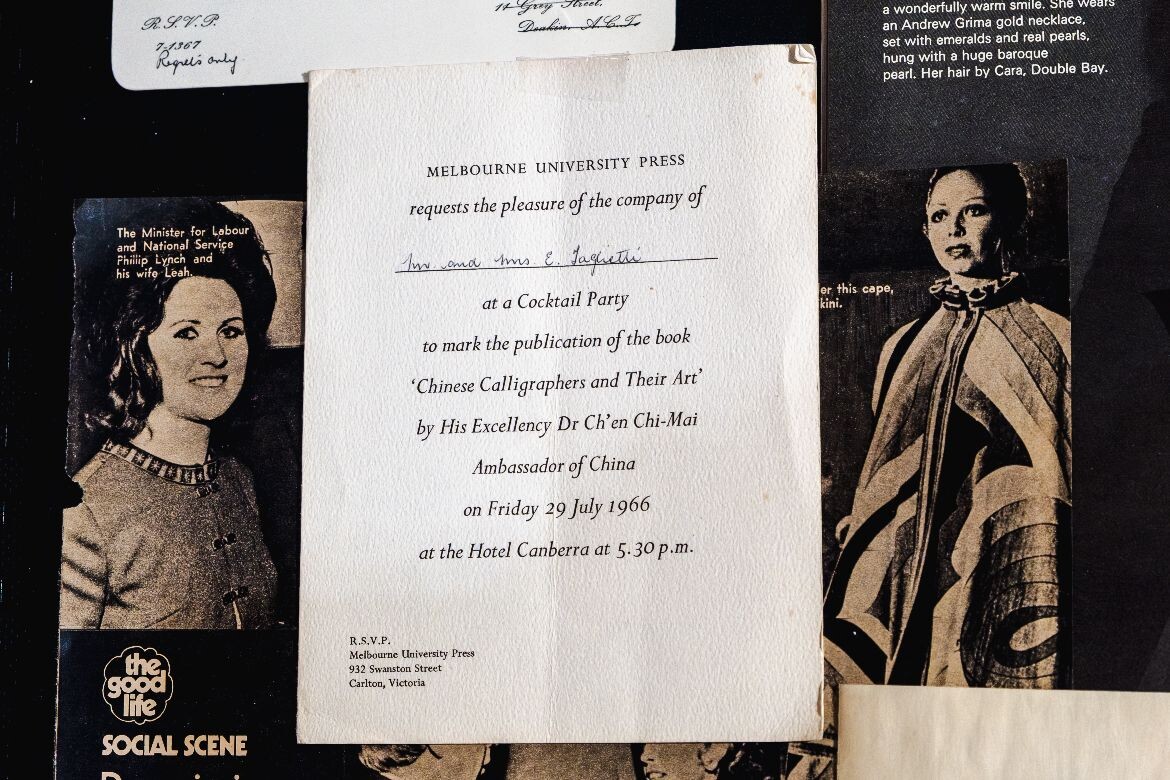
INDESIGN is on instagram
Follow @indesignlive
A searchable and comprehensive guide for specifying leading products and their suppliers
Keep up to date with the latest and greatest from our industry BFF's!

For Aidan Mawhinney, the secret ingredient to Living Edge’s success “comes down to people, product and place.” As the brand celebrates a significant 25-year milestone, it’s that commitment to authentic, sustainable design – and the people behind it all – that continues to anchor its legacy.

Welcomed to the Australian design scene in 2024, Kokuyo is set to redefine collaboration, bringing its unique blend of colour and function to individuals and corporations, designed to be used Any Way!
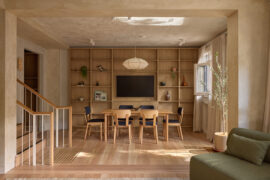
Merging residential living with the retail experience, the latest project from In Addition breathes new life into shopping for the home.
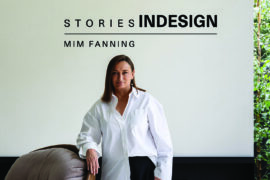
The Mim x Tim show: Miriam Fanning of Mim Design joins Timothy Alouani-Roby at The Commons in Melbourne to discuss art, design on television, interior design and more.
The internet never sleeps! Here's the stuff you might have missed

The Mim x Tim show: Miriam Fanning of Mim Design joins Timothy Alouani-Roby at The Commons in Melbourne to discuss art, design on television, interior design and more.
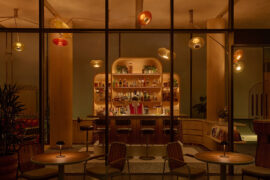
The Standard, Singapore by Ministry of Design has been crowned winner of The Social Space at the INDE.Awards 2025. Redefining hospitality with a lush and immersive experience, The Standard celebrates both community and connection.